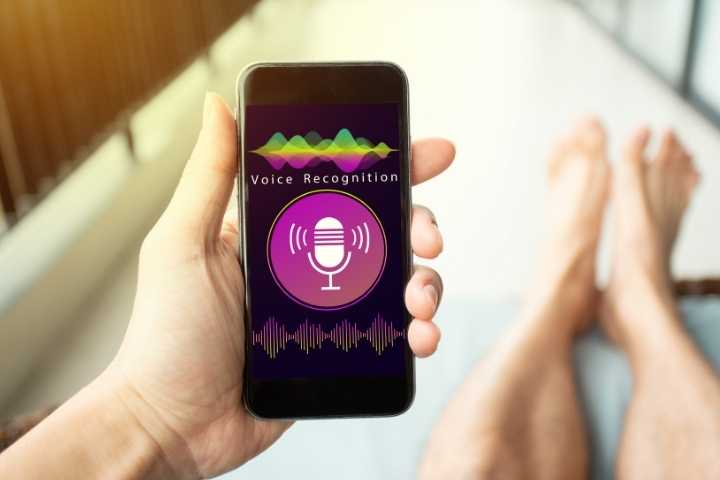By 2023, 25% of companies will use audio-to-text technology and solutions based on it. And by 2025, the speech technology market will almost triple to $26.8 billion.
This is because speech recognition technology helps automate phone call analysis, customer information gathering, and other processes. This article deals with the technology, the principle of its operation, and its use cases.
How Speech Recognition Works
Automatic speech recognition is a technology for processing voice and translating audio into text. It appeared back in 1952, but it was only with the development of machine learning that they learned how to convert human speech into program text qualitatively.
Today, voice-to-text systems are widely used in business to automate the work of call centers and automatically collect information, market research, and other tasks. Converting audio to text can be divided into three key steps:
- Signal analysis: The system receives the voice signal, records it, and sends it to the server. The server cleans the signal from noise and interference, then divides the record into phonemes – fragments up to 25 milliseconds long. The server passes each fragment through an acoustic model, determining which sounds are pronounced.
- Audio transcription: The speech fragments of the recording are compared with the reference pronunciations of syllables and words from the acoustic model. The system uses machine learning to pick up phonetic variants of spoken words and determine their context.
- Speech to text conversion: The algorithm uses the language model to determine the word order and select unrecognized words by context. The received information goes to the decoder, which combines the data from the acoustic and language models and converts them into text.
How Technology Is Used In Business
Phone call analytics: In the classical approach, to study customers’ opinions about products or services, companies record phone calls, listen to them, and only then analyze them.
The voice-to-text recognition technology simplifies these tasks: calls are analyzed automatically, for example, by grouping similar answers or highlighting keywords. And the employee receives a ready-made report.
Call center automation: Voice recognizers are used in call centers. They are incorporating technology into voice robots to understand the customer and automatically help solve simple problems. For example, they recognize a specific issue and provide a link to information or switch to a specialized specialist. This automates communication with customers and reduces the burden on operators.
In addition, Russian speech recognition algorithms help operators quickly find the information they need. During communication, the system decrypts audio into text and automatically provides the operator with a selection of information on key phrases.
They are hiring employees: Audio-to-text digital assistants can be used to conduct initial screening without HR. Here you will need a robotic system with artificial intelligence. She asks the candidate basic questions, analyzes the answers, and assesses how the candidate fits the vacancy.
Marketing Research: Thanks to the voice recognition function, voice assistants automate business processes related to customer interaction.
For example, after receiving the goods, a voice assistant with a speech recognition function (Russian language) calls the client with a request to evaluate the quality of the goods, the conditions, and the terms of delivery. Thanks to this, the company receives data to improve the service and increase customer loyalty.
Collection of information: When the operator receives information from the client, he needs to enter it into the database. Speech recognition lets you automate this process: speech is recognized in real-time and saved as text to the desired directory. This reduces operator workload and minimizes human error.
Transcription of audio and video recordings: Tools for automatically translating audio and video into the text are used to prepare documents based on the results of interviews, transcripts of recordings of meetings, and speeches.
Cloud services For Working With Speech Recognition Technology
Translating audio into a text requires pre-trained neural networks, arrays of reference sounds, machine learning, language processing tools, and immense computing power. And to set up audio-to-text converters, you’ll need experts in machine learning.
Due to the high entry threshold, not all companies can afford to build a voice-to-text translation system on their servers.
Getting started with audio-to-text technology is easier if you use cloud services. In this case:
- no need for a large team of specialists with expertise;
- no need to buy and configure complex software;
- you can perform audio to text recognition without buying expensive, powerful servers.
Also Read: Human vs Digital Transformation: Virtual Games And The Skill Of Neuroplasticity








